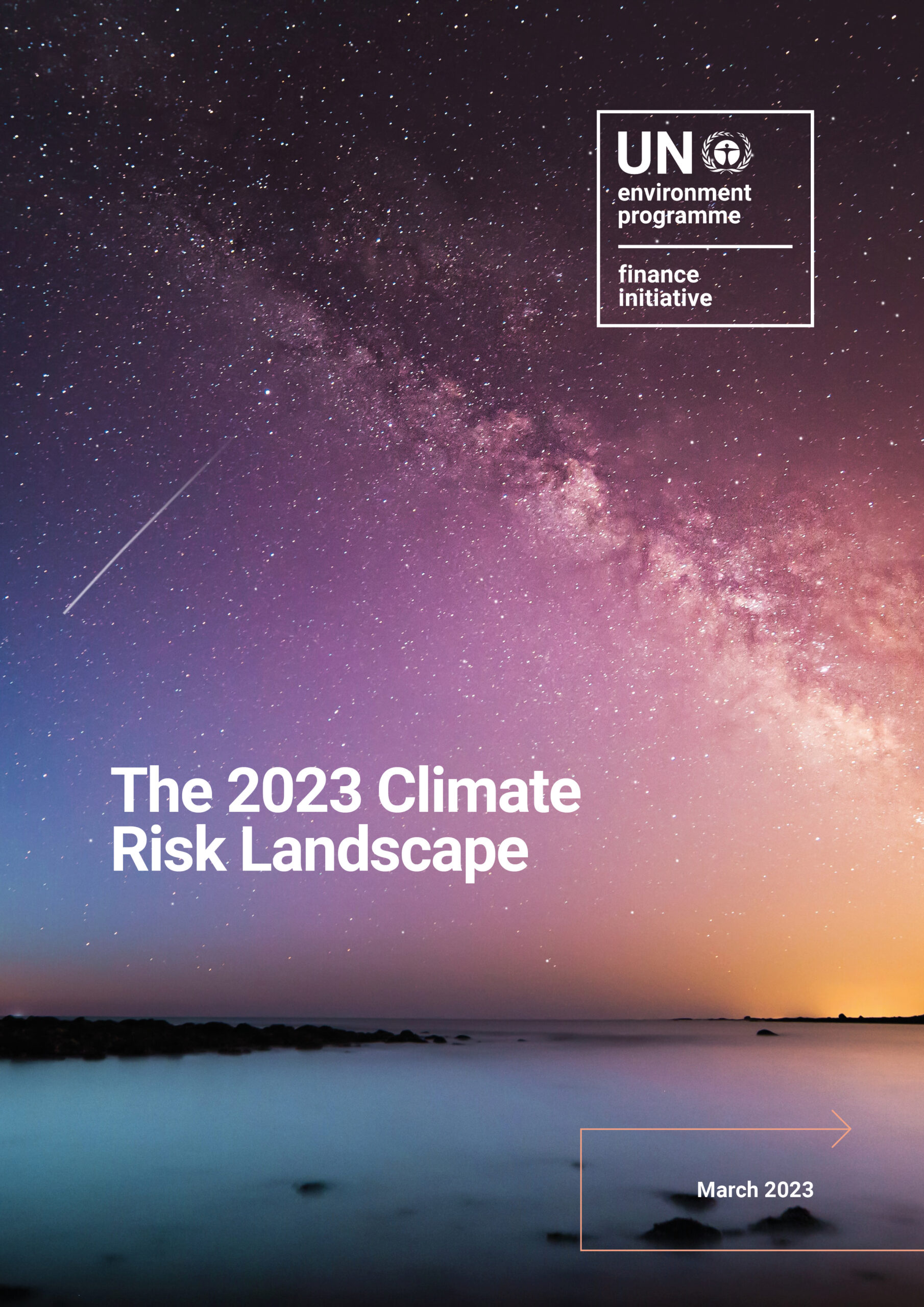The path to mobilizing USD 1.3 trillion in climate finance by 2035 is more than an ambitious goal—it’s a critical step in addressing global climate challenges.
Erich Cripton, representing La Caisse (formerly CDPQ) and Co-Lead of the Net-Zero Asset Owner Alliance (NZAOA) Policy Track, shared an investor-focused roadmap aimed at reaching this milestone during a stakeholder consultation on the Baku to Belem Roadmap process.
His briefing to the UNFCCC Secretariat and COP29 and COP30 presidency representatives in Bonn highlighted the crucial role of private capital, stressing the importance of leveraging existing expertise and tools to overcome barriers to large-scale mobilisation.
Cripton’s intervention was part of a broader engagement effort from the NZAOA in Bonn during the June Climate Sessions, where NZAOA representatives collaborated with other private and public sector stakeholders, such as the Making Finance Work for Climate Coalition, which gathers public and private sector representatives, to share insights with policymakers.
The NZAOA’s role
The NZAOA represents 86 institutional investors managing $9.2 trillion in assets. This global coalition is committed to achieving net-zero greenhouse gas (GHG) emissions across investment portfolios by 2050, aligning with the Paris Agreement.
An important pillar supporting the net-zero transition is bringing private capital into climate finance at scale. NZAOA members, alongside broader private sector actors, have already produced significant contributions to guide this process, including case studies, policy recommendations, and frameworks for action. These contributions form a foundation for the Baku to Belem Roadmap, with actionable solutions designed to overcome existing obstacles to private capital mobilization.
Six priorities for unlocking private capital
In his intervention, Cripton identified six key priorities that must be at the heart of the Baku to Belem Roadmap. Taken together, these strategies aim to eliminate bottlenecks, enhance accessibility, and create scalable frameworks for investment in global climate and sustainability projects.
1. Catalytic capital
Access to catalytic capital –investment that aims to unlock further investment and impact by accepting disproportionate risk or concessionary returns compared to conventional investments – plays a pivotal role in encouraging private sector investment. However, to accelerate its deployment, two measures are essential:
- Increasing availability of catalytic capital from public and private sources.
- Streamlining application and reporting processes to reduce administrative burdens that deter potential investors.
By addressing these needs, catalytic capital can act as a powerful co-investment force in mobilizing private funding.
2. Standardizing blended finance vehicles
Blended finance has proven effective in de-risking investments for private players, but its high transaction costs and long incubation periods remain barriers. Promoting the standardization of blended finance vehicles and risk-sharing instruments has the potential to:
- Reduce complexity for stakeholders.
- Lower costs and accelerate time-to-market for investment opportunities.
3. Scaling bankable projects
The limited pipeline of investable projects in emerging markets represents a critical bottleneck. The private capital needed to achieve global climate goals cannot be deployed without a robust flow of viable projects. Efforts should focus on:
- Expanding project pipelines.
- Providing technical support and resources to de-risk development-stage initiatives, creating bankable opportunities.
4. Increasing MDB private capital mobilization
Multilateral development banks (MDBs) must prioritize private capital mobilization to scale efforts effectively. Currently, MDBs mobilize about $0.50 in private capital for every $1 on their balance sheets. To reach the roadmap’s goals, this ratio must increase to 5:1 by 2035. Actionable steps for MDBs include:
- Expanding partnerships with private stakeholders.
- Redirecting operational frameworks to vigorously pursue co-investment opportunities.
5. Enhancing data transparency
Misinformed credit risk assessments and limited transparency often inflate the perceived risks of projects in emerging markets. Addressing this requires:
- Better reporting mechanisms, including the use of tools like the GEMs database.
- Transparency from MDBs and private stakeholders to provide quantitative evidence that actual investment risks are lower than assumed.
Improving access to reliable data will lower barriers for investors and boost confidence in the viability of emerging market projects.
6. Addressing regulatory barriers
Institutional investors like pension funds, banks, and insurance companies manage the bulk of investable capital. However, prudential regulations often disincentivize long-term investments in illiquid assets within emerging markets. Policymakers should focus on:
- Revising regulatory frameworks to remove unintended obstacles.
- Encouraging long-term capital deployment as part of global climate finance strategies.
Leveraging existing contributions
To avoid redundancy, Cripton urged the roadmap developers to integrate existing private sector insights into their process. Key resources include: published at COP 29, the Call to Action for Policy Makers on Private Capital Mobilization; Blended finance best practices, a collection of 13 case studies developed during New York Climate Week; recommendations from the B20 Taskforce on Finance and Infrastructure, submitted to the Brazilian G20 presidency.
These insights, along with NZAOA’s formal submissions, align with the roadmap’s mission and provide evidence-based strategies for unlocking capital at scale.
A shared commitment to results
Cripton concluded by reaffirming the NZAOA’s readiness to act as a constructive and collaborative partner in the Baku to Belem process and COP30 discussions. Achieving the $1.3 trillion in annual climate finance by 2035 requires extensive partnerships, improved frameworks, and a robust commitment from both public and private actors. By capitalizing on proven strategies and fostering authentic collaboration, stakeholders can drive meaningful progress toward global climate and sustainability goals.
The Baku to Belem Roadmap represents not just a vision but a comprehensive and achievable pathway. With the active engagement of institutional investors, policymakers, and development institutions, mobilizing private capital at scale is no longer out of reach.


